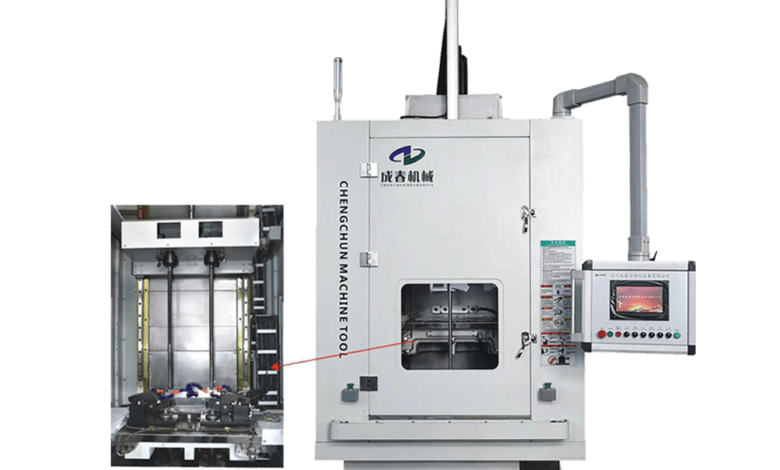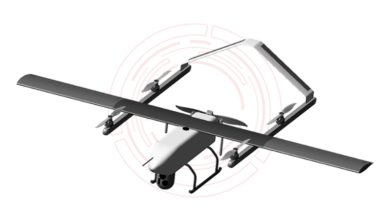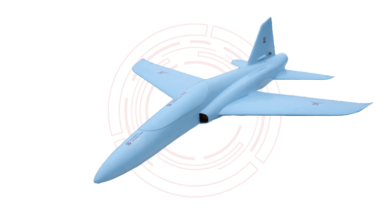There are many machining processes, and each has its advantages and disadvantages. Internal and external broaching are processes that often need clarification from one another. So, what is the Difference between internal broaching and external broaching? In this article, we will take a closer look at both processes and discuss the pros and cons of each. Stay tuned!
Broaching is a process of machining that uses a sharp, honed, toothed tool to remove material from the workpiece in a continuous, consistent, and precise way. Broaching is a process that uses tools with teeth of different sizes that precisely remove a specific amount of material for each passing over the workpiece.
Internal broaching
Broaching is a machining process that uses a toothed tool to remove material from a workpiece. Internal broaching is broaching that is performed on the inside surface of a workpiece. This process can be used to create a variety of shapes, including square, rectangular, and hexagonal holes.
Internal broaching is considered a difficult machining process because it requires precise alignment of the tool and workpiece. In addition, the cutting tool must be able to withstand the high forces that are generated during the machining process.
Despite these challenges, internal broaching can generate parts with superior dimensional accuracy and surface finish. As a result, this process is often used in the manufacture of critical components for aerospace and automotive applications.
Taizhou Chengchun Automation Equipment Co., Ltd. provides an array of broaching services external, and internal. Their modern equipment lets them efficiently manage even the most difficult broaching tasks. With their skilled team and cutting-edge technology, they are able to deliver top-quality results to our their clients.
External broaching
Broaching is a machining process used to create precision cuts or shapes in metal. External broaching is broaching that is performed on the exterior surface of a workpiece. This process can be used to create a variety of shapes, including keyways, splines, and gear teeth.
External broaching is typically performed using a horizontal broaching machine, which consists of a table that holds the workpiece, a tool holder that supports the cutting tool, and a ram that applies pressure to the cutting tool. The table and tool holder are moved horizontally, while the ram moves vertically.
This motion causes the cutting tool to enter the workpiece and remove material from the surface. External broaching can be used to produce both internal and external features on a workpiece. For instance, gear teeth can be cut on the exterior surface of a gear blank, and then the internal bore can be cut using an internal broaching operation.
Internal and External broaching: the Difference
There are two main types of broaching: internal and external. Internal broaching creates holes, while external broaching is used to create slots or other surface features. The main difference between the two processes is the direction of the cutting force.
In internal broaching, the cutting force is exerted inward, while in external broaching, the cutting force is exerted outward. Both processes can be performed using either CNC or manual machines.
CNC machines are generally more precise, but manual machines may be more suitable for certain applications. Broaching is a versatile machining process that can be used to create a wide variety of surface features.





